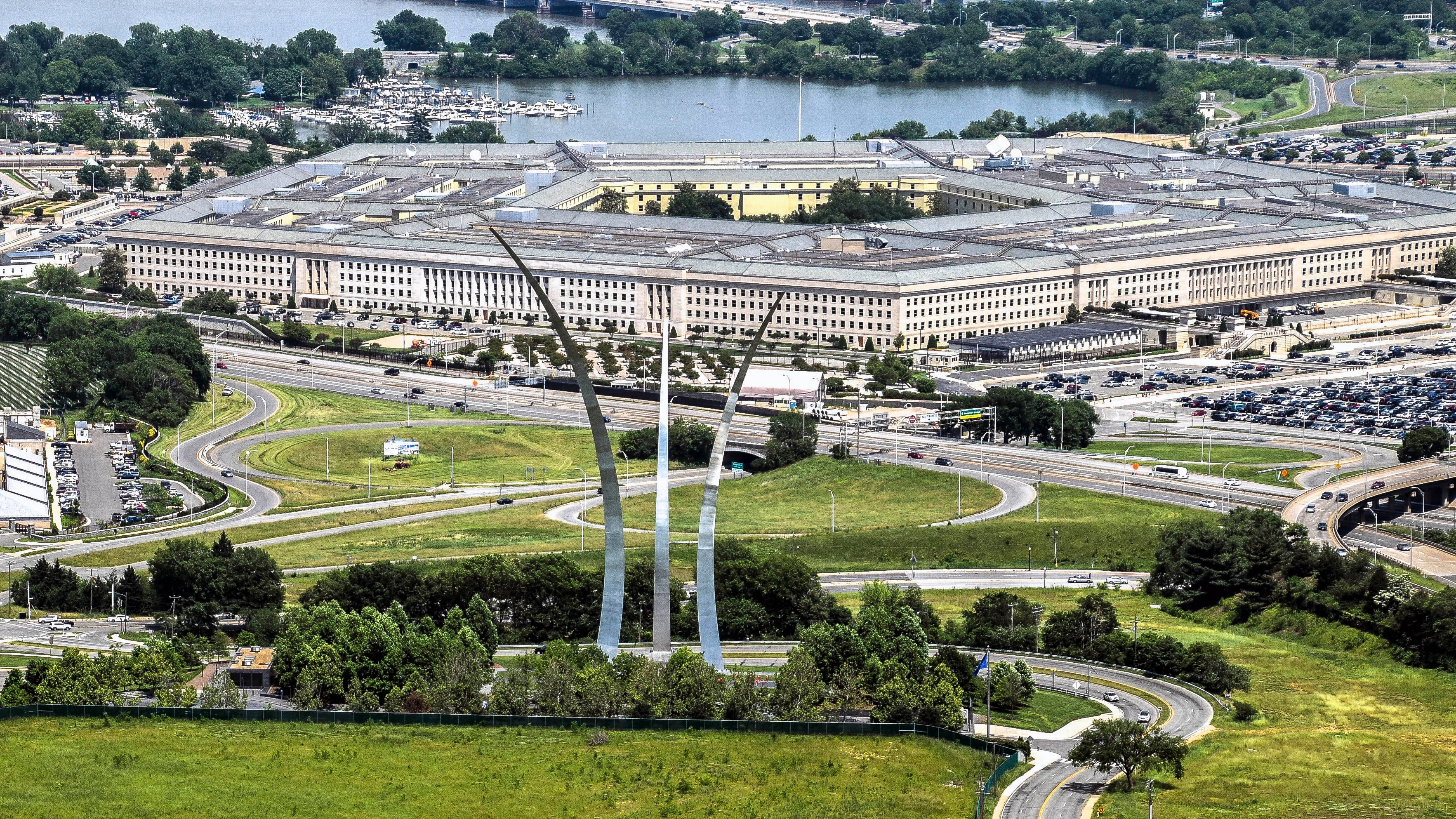Army Gets Modest 2023 Budget Boost, Cuts Troops
Army Gets Modest 2023 Budget Boost, Cuts Troops

The Biden administration proposes a $177.5 billion Army budget for fiscal 2023, a $2.8 billion increase over current spending.
The increase is part of a $773 billion defense budget that is 4% greater than the 2022 budget and 9.8% greater than the 2021 budget.
The budget request is a “positive thing for the Army” because it supports readiness while also paying for transformation of capabilities and force structure, said Army Undersecretary Gabe Camarillo.
Troop strength would slightly decline under the budget unveiled March 28. Authorized Regular Army end strength would be 473,000, under the proposed budget. That is 12,000 fewer than authorized for fiscal 2022. Army Reserve strength would remain at 189,500, while the Army National Guard would remain at 336,000.
The reduction was not a budget-driven decision, Camarillo said, but an effort by the Army to “emphasize high-quality talent. We did not want to reduce our standards.”
The budget also estimates a drop in Army ROTC cadets, from 6,330 this fiscal year to 5,400 in fiscal 2023.
Both uniformed and civilian employees would receive a 4.6% pay raise in January 2023 under provisions of the budget. While the largest pay increase in 20 years and far greater than the 2.7% raise received this past January, it doesn’t keep pace with the 7.9% boost in consumer prices over the last year. Traditionally, military pay increases match white-collar civilian wage increases rather than keeping pace with inflation.
Additionally, the Army estimates an average 3.9% increase in soldiers’ housing allowances and a 3.4% increase in subsistence allowances. The Army also is asking for $1.8 billion for recruiting and retention incentives.
Maj. Gen. Mark Bennett, director of the Army Budget, said the Army’s topline increases just 1.7% above the final 2022 budget, with a 4.9% boost for personnel and a 5.5% increase for operations and maintenance. At the same time, there is a 6.2% drop in procurement and research, development, test and evaluation funds and a 38.7% decline for military construction.
Pentagon officials said $12.6 billion of the overall DoD budget pays for land power modernization, which includes both Army and Marine Corps programs. By comparison, the budget includes $56.5 billion to advance air power and $40.8 billion for sea power, according to DoD documents.
Pentagon charts show the Army would receive 22.9% of the defense budget, with 30.3% allocated to the Air Force and Space Force and 29.9% allocated to the Navy and Marine Corps. The remaining 16.9% is for defensewide programs.
Pentagon Comptroller Mike McCord said the Army’s budget reflects, in part, the end of U.S. military operations in Afghanistan. The very low unemployment rate and declining interest in serving in the military were part of the reason why the Army decided to reduce troop strength, McCord said.
“This is a strong budget,” McCord said, noting that it was drawn up before Russia invaded Ukraine. “It is possible there might be an additional need,” he said, but that will depend on how the conflict evolves and any NATO response.
Defense Secretary Lloyd Austin said in a statement that the 2023 budget request “reinforces our commitment to the concept of integrated deterrence, allows us to better sequence and conduct operations around the globe that are aligned to our priorities, modernizes the Joint Force, and delivers meaningful support for our dedicated workforce and their families.”
“As I have said many times, we need resources matched to strategy, strategy matched to policy and policy matched to the will of the American people,” Austin said. “This budget gives us the resources we need to deliver on that promise. Our budget reflects our National Defense Strategy and the focus of that strategy on the pacing challenge of China. It will help us prepare for other future challenges, as well, including those posed by climate change. It preserves our readiness and deterrent posture against the threats we face today.”
Those threats include “an aggressive Russia and the constantly emerging threat posed by North Korea, Iran and extremist organizations,” Austin said.

